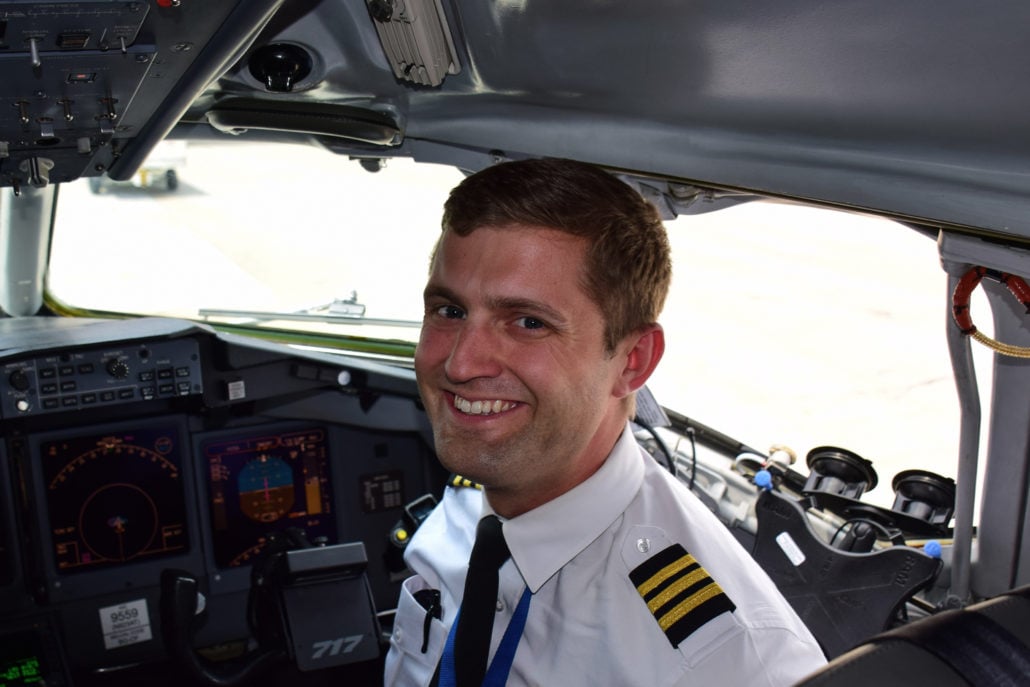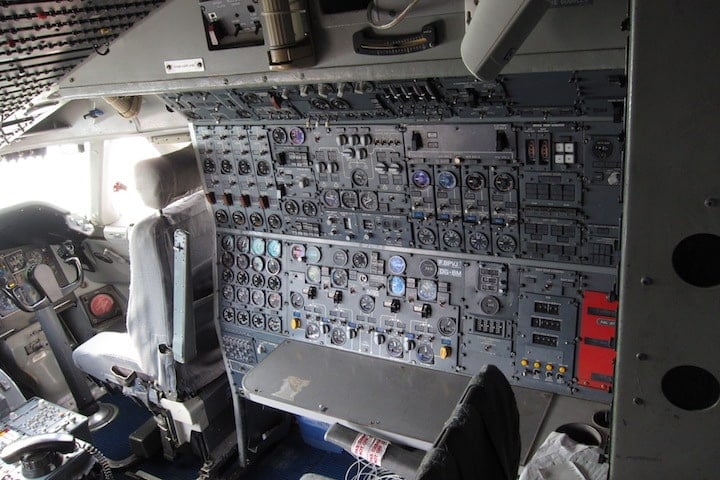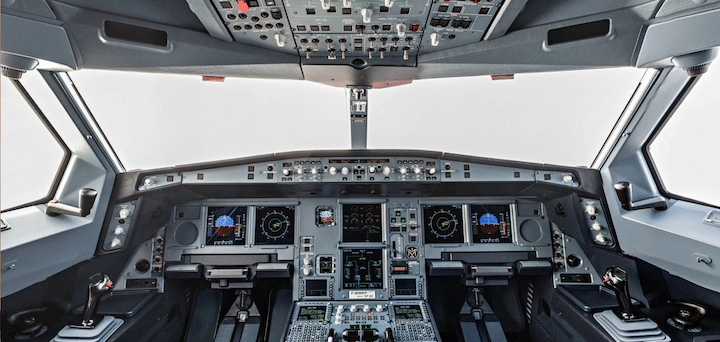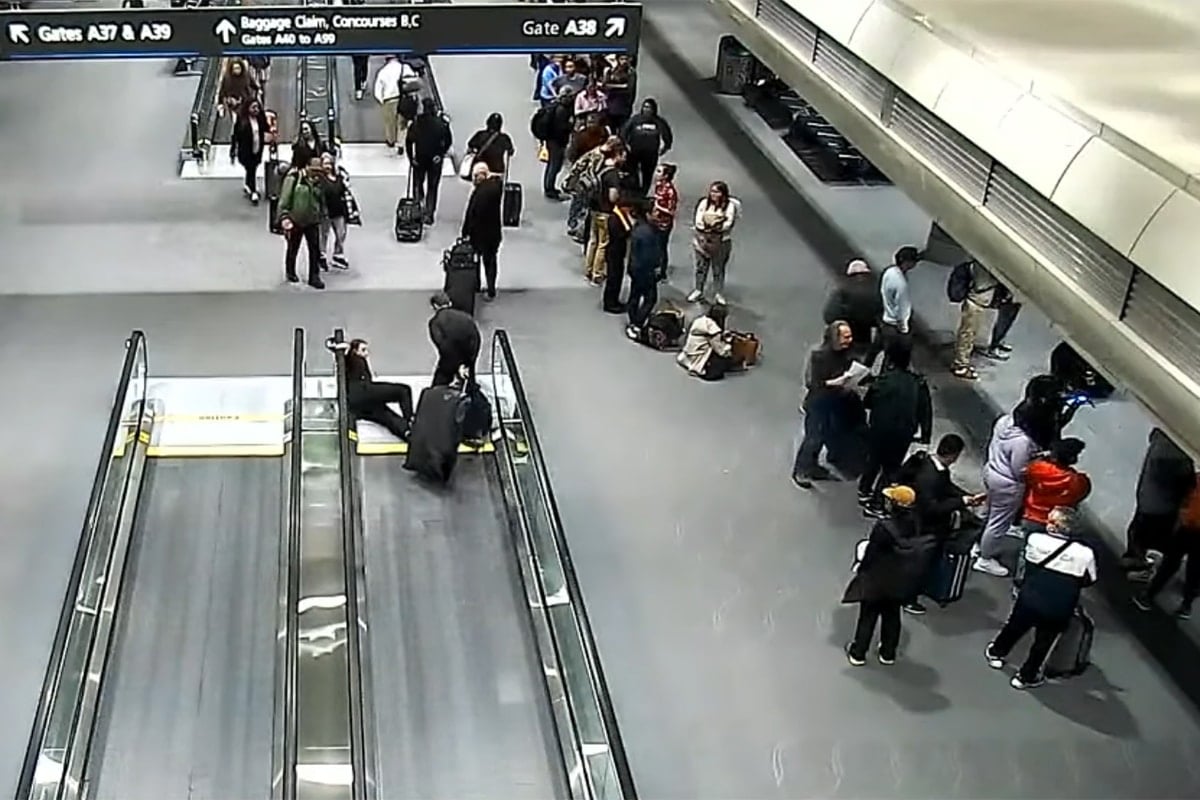
In our Ask a Pilot series, pilot Spencer Marker answers one of your aviation-related questions each week (picking up this week after a short baby-related break). See past installments here and submit your own to Whitney@johnnyjet.com.
Question
Hey! So I am on a plane and they had to wait seven minutes before boarding because they found a red light that was on, so they said, “We will reset the system” and now we are in the plane and they can’t find out what it was. Could you help?
—Lucas
Answer
Hey Lucas, thanks for your comment and asking a great question. As pilots, we are in tune with the operation of the airplane’s systems through a series of warning, caution and advisory messages and lights. In decades prior, these were monitored by a third cockpit crewmember called the flight engineer, or FE. But as cockpits have become more automated, pilots have turned to relying on computers to inform them about the operation of cockpit systems, alerting them if one is misbehaving. Let’s take a look at how pilots monitor the status of their airplane, and how faults are managed.
Flight engineers
In the earliest days of aviation, nearly all aircraft required only one pilot to fly. However, as airplanes flew higher and faster and became more complicated, extra hands were required to monitor the equipment that made these types of flights possible. Airplanes needed a radio operator to ensure the rudimentary radios were properly tuned and utilized, a navigator to determine the aircraft’s exact position over the ground, and a flight engineer to monitor the aircrafts various complex systems.

The flight engineer was seated at a large panel behind the captain and first officer seats. This panel had dials, switches and warning lights, and told the FE what was going on across the aircraft’s fuel, hydraulic, electrical, pressurization, and environmental systems. His job was to manage these systems and work with the other pilots if something went awry.
As time progressed, and aviation technology advanced, these cockpit positions started to become obsolete. The radio operator was eliminated when VHF and HF radios became more reliable. The navigator became redundant once various reliable guidance systems began to be employed (still before the days of GPS). The last position to be eliminated from modern cockpits in the last 20 years was that of the flight engineer.
As technology advanced, computers were able to take on many system management roles, making the aircraft systems manageable by the two pilots alone.
How are systems monitored now?
Today, airliners employ continuous system monitoring that is relayed to the captain and first officer via one of their cockpit screens and a warning/caution light in their field of view. In Boeing aircraft, this is referred to as an EICAS, or Engine Indicating and Crew Alerting System. Airbus aircraft employ a similar system referred to as an ECAM, or Electronic Centralized Aircraft Monitor. The ECAM goes a step beyond the EICAS in that it not only shows system statuses and failures but also lists the procedures the pilots should take to rectify the problems.

The Dark Panel Concept
The former flight engineers panel has been incorporated into the overhead panel of the flight deck. The various knobs and switches that require human control are located here. Many features of the airplane have AUTO functions, meaning that with normal operating conditions they turn on or off on their own. The electrical system is a great example of a system that regulates its own configuration based on the amount of generators available.
In the last few decades, aeronautical and human factors engineers have transitioned to a neat thing called the Dark Panel Concept. What this means is that during normal operating conditions, there should be NO lights illuminated on the overhead panel. This way, when a system does fail or needs attention, a light on the overhead panel, in addition to a warning/caution light in front of the pilot and an EICAS message, is prominent in the pilot’s field of view and allows the pilot to identify the problem quickly and correctly.
So what happened on your flight?
So Lucas, when the pilots mentioned that they had a red light in the cockpit, they were likely investigating a fault that the computer detected in an onboard system. However, aircraft computers are not perfect systems and will sometimes detect faults that aren’t system failures but are in fact erroneous indications. And much like your phone or laptop, these require resetting. On an airplane, a reset often clears out historical faults and allows the system to check for issues again. If the fault is detected again, a larger issue is afoot and requires a maintenance technician to investigate further until the issue is rectified. This often leads to delays, but flight crews aren’t allowed to leave unless all maintenance issues have been checked, documented and corrected properly.
To sum up
Managing aircraft systems is a complex task that has become progressively more automated in recent decades. The extra help pilots receive from the onboard computers allows them to correctly identify faults and failures in the aircraft and apply appropriate procedures. When these faults happen on the ground, flight crews are required to rectify the situation before departure. And wouldn’t we all want the “red light” to be fixed on the ground rather than taken to the air?
Thanks again for the question! Have you been in a cockpit with a Flight Engineers Panel? Share your story in the comments below! And remember, if anyone has a burning aviation question or something you would like cleared up, drop us a line at Whitney@johnnyjet.com to get your question featured in an upcoming Ask a Pilot column.
Tailwinds,
—Spencer







